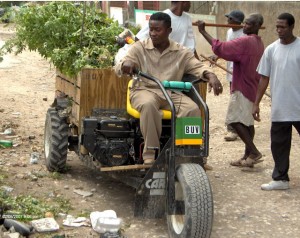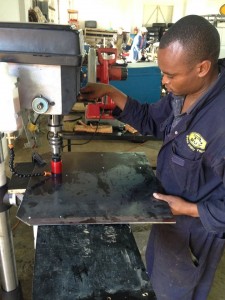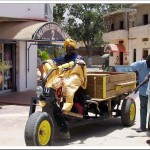One of the interesting features the Basic Utility Vehicle (BUV) offers to owner-operators is the vehicle’s ability to pay for itself.
 For many owners, they are in a rent-to-own payment plan. They make a down payment and then pay for the vehicle as they earn money with it.
For many owners, they are in a rent-to-own payment plan. They make a down payment and then pay for the vehicle as they earn money with it.
A couple of the sites, including the new BUV Tanzania Factory, require that the funding comes from local sources so all the funds go back to the community. They typically do not allow outside fundraising. Missionaries may receive funding from any source.
A typical down payment for a BUV is $500-1000 USD. The owner can then start generating an income, having no problem making a $200 USD/month payment. With these payments, most BUVs are paid off within two years and create a large sum for the owner with a positive ripple effect to the community.



